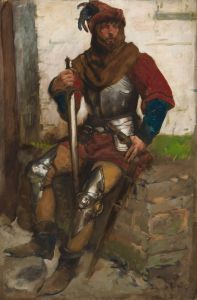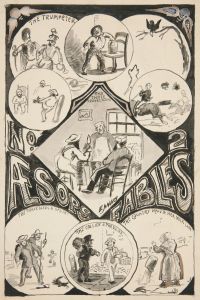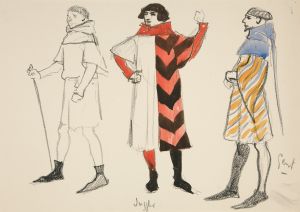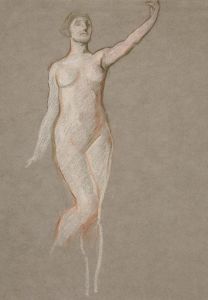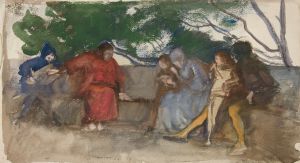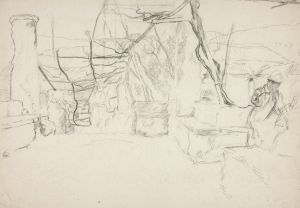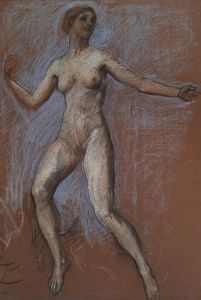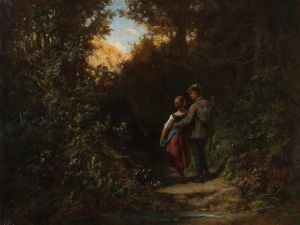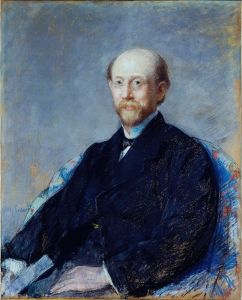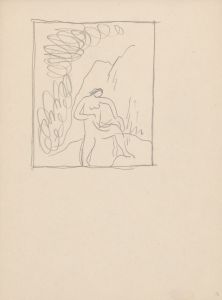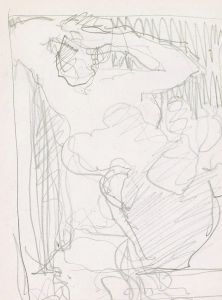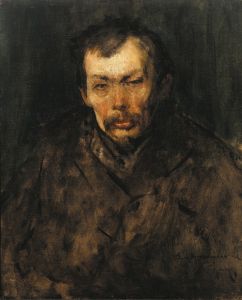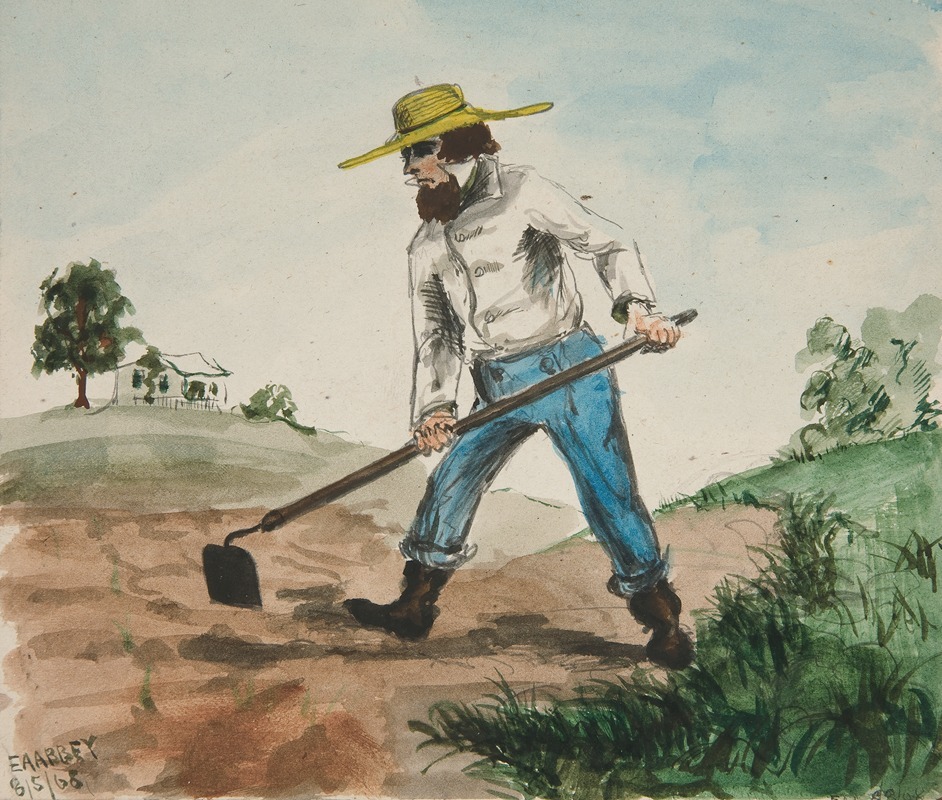
Unidentified Illustration of a Man Hoeing a Garden ; Three Figure Studies
A hand-painted replica of Edwin Austin Abbey’s masterpiece Unidentified Illustration of a Man Hoeing a Garden ; Three Figure Studies, meticulously crafted by professional artists to capture the true essence of the original. Each piece is created with museum-quality canvas and rare mineral pigments, carefully painted by experienced artists with delicate brushstrokes and rich, layered colors to perfectly recreate the texture of the original artwork. Unlike machine-printed reproductions, this hand-painted version brings the painting to life, infused with the artist’s emotions and skill in every stroke. Whether for personal collection or home decoration, it instantly elevates the artistic atmosphere of any space.
Edwin Austin Abbey (1852–1911) was an American artist and illustrator known for his detailed pen-and-ink drawings and later for his large-scale mural and oil paintings. Abbey was particularly recognized for his illustrations of literary works, including those of Shakespeare and other classic authors, as well as for his contributions to magazines such as Harper's Weekly. His work often reflected a strong sense of narrative and historical accuracy, which made him a prominent figure in the late 19th and early 20th centuries.
The artwork titled Unidentified Illustration of a Man Hoeing a Garden; Three Figure Studies is attributed to Edwin Austin Abbey. This piece is a study drawing, showcasing Abbey's skill in capturing human figures and their movements. The work consists of multiple sketches on a single sheet, including a central depiction of a man hoeing a garden and three additional figure studies. These studies likely served as preparatory sketches for a larger composition or as practice for mastering anatomy and posture.
The medium used for this artwork is pen and ink on paper, a technique Abbey frequently employed during his career. This medium allowed him to create precise and intricate lines, which became a hallmark of his illustrative style. The drawing demonstrates Abbey's attention to detail and his ability to convey texture, light, and shadow through line work alone.
The exact purpose or context of this particular illustration is not documented, and it remains unidentified in terms of its connection to a specific project or publication. However, it reflects Abbey's broader artistic process, where he often created numerous studies and sketches before completing a final piece. Such preparatory works were common among artists of his time, especially those involved in illustration and mural design.
This artwork is part of the collection at the Yale University Art Gallery, which houses a significant number of Abbey's works. The gallery's holdings provide insight into his artistic development and the breadth of his career. As with many of Abbey's drawings, this piece offers a glimpse into his working methods and his dedication to capturing the human form with accuracy and expression.
While the specific date of creation for this drawing is not recorded, it likely originates from the late 19th or early 20th century, aligning with Abbey's active period as an artist. The lack of definitive information about the illustration's intended purpose or subject matter leaves its interpretation open, but it remains a testament to Abbey's technical skill and artistic legacy.





